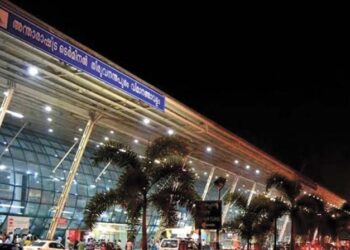THIRUVANANTHAPURAM: After the successful launch of Aditya-L1, former ISRO Chairman G Madhavan Nair shared details about India’s solar mission. G Madhavan Nair has stated that the Aditya-L1 mission will play a significant role in studying global climate change. He emphasized that India’s first solar mission has the capability to elucidate rare atmospheric and celestial phenomena.
Aditya-L1 will be positioned around the Lagrange points, where the gravitational forces of the Earth and the Sun nullify each other. Lagrange Points are positions in space where the gravitational forces of a two-body system like the Sun and Earth produce enhanced regions of attraction and repulsion. These can be used by spacecraft as “parking spots” in space to remain in a fixed position with minimal fuel consumption.
Madhavan Nair elaborated on the spacecraft’s equipment, which includes seven payloads designed for observing the photosphere, chromosphere, and the Sun’s outermost layers through electromagnetic and particle detectors.
This mission will enable scientists to continuously monitor the Sun 24/7. The data collected from this mission will be instrumental in comprehending various phenomena occurring in the Earth’s atmosphere and will contribute to climate change research, according to the former ISRO chairman.
India’s solar mission’s primary objective is to conduct an in-depth examination of the Sun, including variations in its outer temperature and space weather. The mission aims to gather insights into the Sun’s radiation and magnetic fields before they reach Earth.












Comments